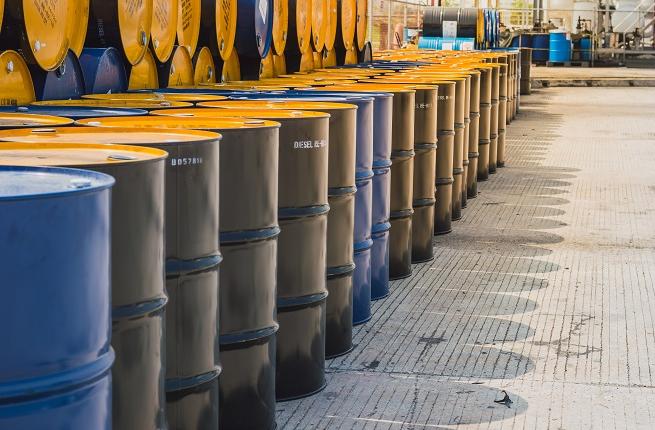ExxonMobil has added a combined 130,000 barrels per day (b/d) of oil production capacity across its first three offshore oil projects in Guyana, solely through optimization activities, providing a significant boost that reflects the operator’s evolving efficiency in the prolific Stabroek Block.
These capacity gains, achieved without the deployment of new floating production, storage and offloading vessels (FPSOs), represent more than the entire nameplate capacity of the first project, Liza 1, which came online in December 2019, at 120,000 b/d. That project has since been optimized to handle production of up to 160,000 b/d.
Exxon’s second development, Liza 2, started production in early 2022 with a capacity of 220,000 b/d. Government data show it took five months to reach that target and another nine months to rise to approximately 250,000 b/d. The company now says it has optimized Liza 2’s capacity to handle up to 265,000 b/d.
Payara, Exxon’s third development, began producing oil in November 2023 and reached its nameplate target of 220,000 b/d in just two months. It, too, has been optimized to a maximum of 265,000 b/d. Both Payara and Liza 2 are now producing at sustained levels around 260,000 b/d, government data shows.
The cumulative effect of these upgrades – 40,000 b/d from Liza 1 and 45,000 b/d each from Liza 2 and Payara – has raised the optimized combined capacity of the three projects from 560,000 b/d to 690,000 b/d. That marks a capacity increase of almost a quarter, delivered without installing new FPSOs or subsea infrastructure.
According to Exxon, these gains were achieved through de-bottlenecking, a process that involves making infrastructural adjustments to remove constraints and improve production system throughput. The company aims to keep its production at or near plateau levels for as long as safely possible.
The financial impact of this optimization is substantial. At an average Brent price of US$65 per barrel, the 130,000 b/d in additional capacity could generate more than US$3 billion annually in gross sales. With Guyana receiving royalties and a share of profit oil, these volumes also translate into increased revenues for the government.
Optimization is also a highly cost-effective strategy. ExxonMobil spent approximately US$3.6 to US$4 billion to bring Liza 1 online with a capacity of 120,000 b/d. By contrast, increasing capacity by 130,000 b/d through optimization avoids the capital-intensive process of building and deploying a new FPSO and associated subsea systems, saving billions in development costs.
However, these production increases are not happening without oversight. The Ministry of Natural Resources and the Environmental Protection Agency (EPA) have scrutinized optimization plans to ensure they meet safety and environmental standards before approval is granted.As Exxon continues to bring new projects online, with Yellowtail, Uaru, and Whiptail each expected to deliver nameplate capacities of 250,000 b/d, the operator’s success in optimizing production from earlier developments offers a glimpse into how much more Guyana’s oil output could grow, even without new vessels.



